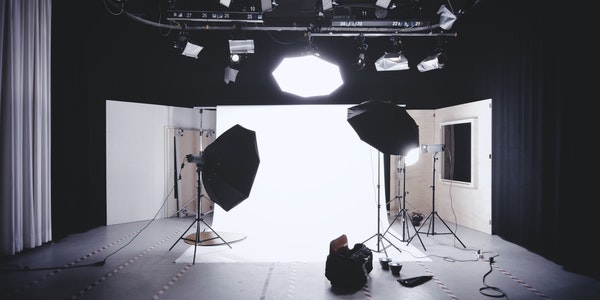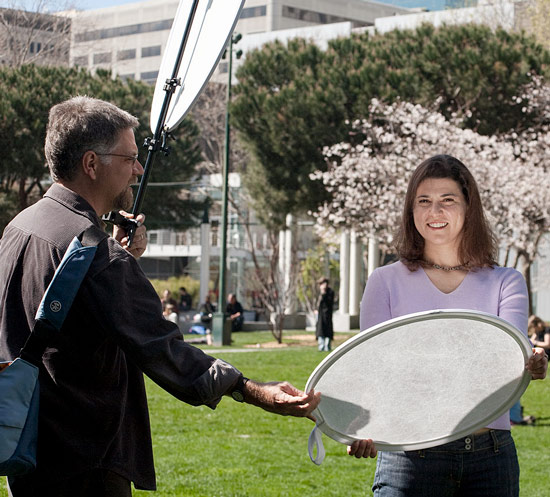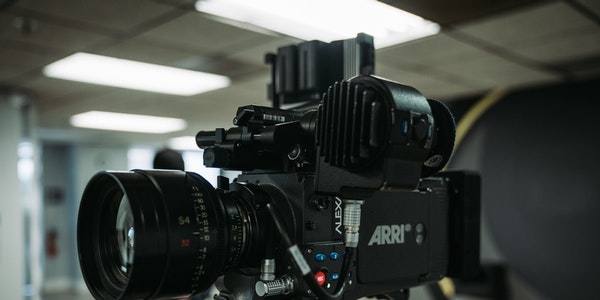The meaning of light for photography
Photography and videography are actually the art of light.
Very often we complain that the things we shoot are not aesthetically pleasing. Regardless of factors such as costumes and performances, perhaps the quality of the lighting can affect the beauty and texture of the picture to a large extent.
Therefore, how to illuminate the main body of the screen is a highlight of film and television lighting. British Free Spirit Film & TV company is a professional film and television production company. They summarized 10 suggestions for lighting the main body of the screen, hoping to help more people.
What I want to talk about today is the same as the previous film and television lighting series, how its content can make your subject look good in front of the camera (sometimes it takes a lot of help to achieve this). They are not very important techniques, but they are very useful.
Ten tips to make the subject look good:
- Hard light, direct light is never flattering:
It all depends on what kind of video you want to shoot, but if you want a flattering light, I use diffusers (screen or woven fabric) and install them on the main light and fill light. If you do this, you must always maintain the ratio at 3:1, remembering that the main light must be stronger than the supplementary light. This technique has another advantage. If the main light is not too strong, the interviewee will not be so shy (this is very good, especially when lighting women).
- Think about your background:
It’s not just about the people in the viewfinder, but what’s behind them. Be sure to pay attention to interesting backgrounds and be creative in lighting. But specifically, you have to pay attention to the shadow of the subject. Try to keep the subject (interviewee) away from the background, especially to avoid their head or body leaving unsightly shadows on the wall/background.
- Not enough space? Increase the lamp position:
If you are shooting/interviewing in a relatively narrow place, you cannot keep the interviewee away from the background/wall to get rid of their shadows. At this time, raise the light. This will allow their body/head shadows to “fall” to the wall, away from the camera. Hurrah!

- Main light position:
For interviews, I personally prefer to use the main light from the side of the interviewee so that the interviewee will look in the direction of the main light and avoid unsightly nose shadows.
- There is no veil or spinning cloth? reflection:
Another way to provide soft fill light (not directly using screens or woven fabrics) is to use reflectors to reflect and diffuse light. If the wall of the room you are in is white, you can reflect the fill light to the wall, it will reflect on the interviewee and provide a very subtle and soft fill light.
- Looks too boring? Try the light film:
You can use colored light film on the backlight, but make sure it is not too conspicuous: when doing interviews, the light straw (amber) light film works well, it will give people a pleasant luster. When shooting a TV series, you can bring several light films to make the scene beautiful (don’t use purple and green… of course, unless you’re making a zombie movie!)

- Make your room without reflection:
If you shoot people with a soft focus lens, you must find the best position for the main light and fill light so that the light does not reflect into the soft focus lens.
- Know your subject:
When shooting a series, you are likely to instruct the actors how to move within the frame. But in a documentary or interview, you will not interrupt those spontaneous moments. Therefore, if possible, it would be better for the interviewer to sit down before shooting. You will see how they move as they talk, and you can adjust the lighting accordingly (this is not always possible and depends on the nature of the interview).
- Give the actors powder:
Remember, always prepare some neutral color powder and paper towels around, because people tend to sweat during interviews. Sweat can produce unattractive highlights and reflections, making the skin look greasy with an unpleasant glow. No one wants to sweat in front of the camera! So don’t worry, just ask them “Do you mind using powder to cover up some blemishes?” Maybe you will find yourself secretly passionate about makeup and styling (Of course, it’s best to have a professional makeup artist on hand, but we Not always so extravagant)!

- Bokeh:
Finally, building on the second point, keeping the subject away from the background will allow you to “defocus” the background. This is more obvious in telephoto lenses, and can create beautiful effects. In today’s world, “background bokeh” is king, and I think many readers will be keen on it!
